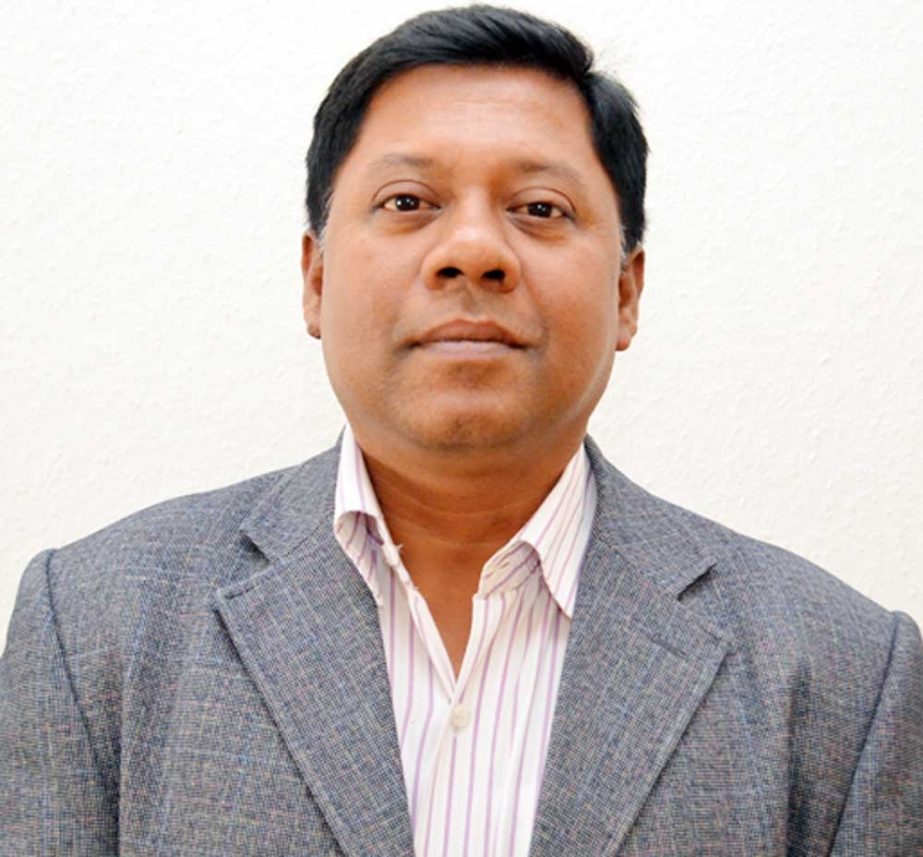
Dr. Matiur Rahman :
Informal rural finance plays an important role in the transaction of money among friends, relatives, landlords, neighbors, shopkeepers, farmers, artisans, peddlers, marketing intermediaries, rural moneylenders and other local income generating groups. Informal rural finance is also known as informal credit, informal loan, non-formal loan, non-performing loan, etc.
Expert opined that due to the inadequacy of institutional lenders to provide the necessary funds for conducting economic activities of different professional classes in rural areas, there has been an opportunity to develop informal money markets. Although the formal rural financing process is somewhat regulated, the informal part of the rural financial market has long been conducting money and fund transactions without any legal or formal control.
Although the institutional financial system has developed rapidly in Bangladesh, the dominance of informal rural finance has not diminished yet. Even today, the bulk of the total loans disbursed in rural Bangladesh come from various informal sources.
In Bangladesh the sources of informal rural finance are, professional moneylender, agricultural lenders or payers, business agent, relatives and friends and various self-employed professional associations and service groups, beneficial wealthy individuals, shopkeeper, market-mediator and institution owner. The poor people of the village can get this type of loan straightforwardly.
According to a survey around 60% to 70% of the rural people borrow money from friends and relatives, neighbors, local rich people or families, shop owners, foremen, brokers, traders or storekeepers, moneylenders, associations made up of people of various professions, youth associations, women’s organizations etc. The source wise percentage of these loans are relatives and friends 26%, neighbors 21%, local rich people 18%, professional (investment) moneylenders 15%, goldsmiths 1%, shop owners / intermediaries (traders, foremen, stockists, etc.), 14% and sharecroppers 7%.
A significant portion of loans taken from informal sources do not need to pay any interest. They are usually taken from friends, relatives, neighbors and well-wishers. However, the liability as interest is recovered in different ways such as interest on crops, property or part of it and manual labor. The amount of the loan is usually small and there is no document or collateral for it. The loan and the recovery of the loan – both are resolved on the basis of simple faith.
Informal loans are used for investment purposes. Informal loans are often used for consumer purposes such as food, clothing, medical care and other household expenses and expenses for weddings, special occasions, etc. Sometimes it used for purchase of agricultural inputs and equipment, purchase of livestock, running small business, education and training of children etc. The loan is also used in rice business, cloth business, jute business or timber business etc.
Although, in the last 15-20 years, institutional loan through NGO-MFIs and different government and commercial banks has expanded considerably in rural areas but the dominance of informal rural financial system is still prevailing. Borrowing from informal sources still remains significant in rural areas. Loans are easily available from informal sources. As there is no formality in its allocation and release, it can be used immediately in case of need and there is no processing cost. However, the interest rates of these loans are high enough and loans are often spent in unproductive sectors.
Sometimes the lenders take advantage of the ignorance, simplicity and helplessness of the borrowers, unjustly seize their assets and accelerate the process of destitution. Most of the financial needs of the rural people are met quite well by a wide variety of informal arrangements. Providers of informal services rely on their knowledge of their borrowers and on local sanction to contain credit risk. But some informal financial arrangements are costly, and they offer limited alternatives in instruments and suppliers. Thus, the government should formulate proper policies and take appropriate steps to regulate the informal rural finance in Bangladesh.
Considering the above situation formal institutions could extend more of their services to the people in rural areas. This means improving the ability of banks and other financial institutions to provide loan and other financial services to the rural people. A strengthening of formal financial institutions is needed to provide sustainable financial services in the rural areas. This means better management and improved incentives for employees. Innovation will be needed to contain the added risks of providing finance to the people in rural areas.
To minimize informal sector dominance in rural areas governments should encourage formal financial institutions to serve money for the rural poor people in the country. This included low cost loan facilities for targeted farmers and entrepreneurs through government owned, private commercial banks and NGO-MFIs.
(Dr. Matiur Rahman is Research Consultant, Human Development Research Centre).

